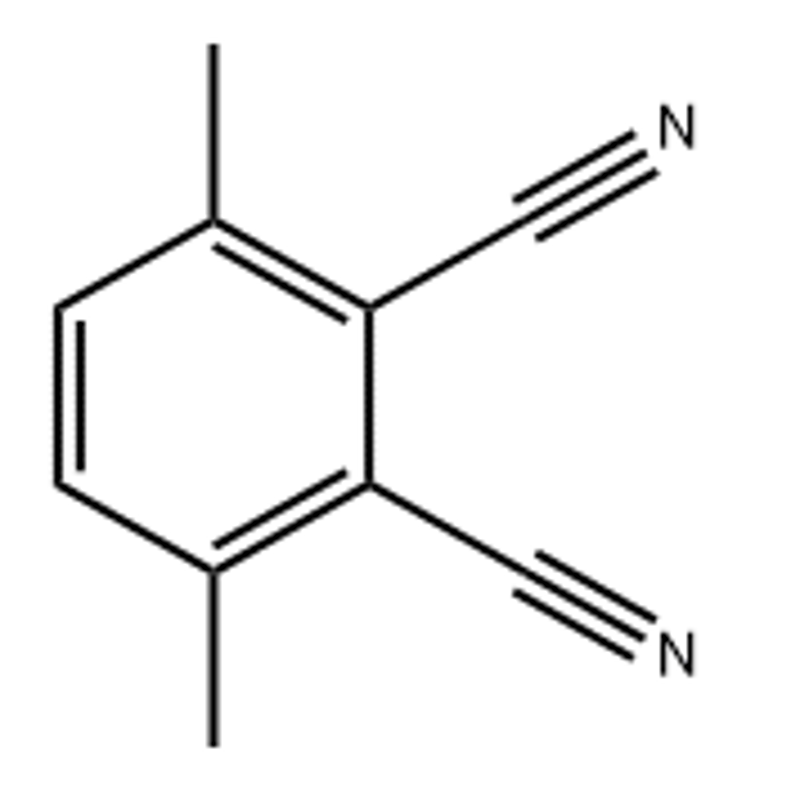Scientists have discovered a new strategy for treating PFA subsysmblastoma
-
Last Update: 2021-01-06
-
Source: Internet
-
Author: User
Search more information of high quality chemicals, good prices and reliable suppliers, visit
www.echemi.com
Li Lin of the Center for Excellence in Molecular Cell Science of the Chinese Academy of Sciences (Institute of Biochemistry and Cell Biology), Wu Tianqing of Yale University in the United States and Li Wei of Fudan University Children's Hospital jointly found for the first time in clinical samples of cervical membrane tumors that CXorf67 protein can be used as an important "indicator" for the treatment of intracranial PFA subtypes in children using PARP inhibitors, proving that PARP inhibitors may be effective in treating intracranial PFA membrane tumors in children. The study was published online Nov.
-room tube melanoma is a common brain tumor in children, with the highest incidence and malignancy of the PFA (posterior fossa group A, under-screen A) subtype, mainly in children with an average age of 3 years, about 40% of the patients are incurable. The existing treatment methods for tracheal meningioma are mainly surgery and radiotherapy, but there is a lack of effective chemotherapy drugs. In particular, infants and young children under three years of age, due to the inability to receive radiation therapy, resulting in poor overall prognostication after surgery. Therefore, the search for effective targeted therapeutic drugs has become a difficult problem in the neurosurgery community to treat this type of tumor.
WHEN DNA is damaged, cells initiate a repair mechanism in which the repair of the same-origin recombination of the DNA double strand and the repair of the PARP (poly-adenosine phosphorus gluonase) mediated for the DNA single strand are two critical repair pathways. When the activity of PARP is suppressed, the repair mechanism after DNA single-stranded fracture "fails" and DNA must turn on the repair function of same-origin recombination. If there is a defect in the same-origin recombination repair of tumor cells at this time, then the cells cannot perform DNA repair and thus die, while the NORMAL cell's DNA isogenetic recombination repair is not defective, so it will not be killed, so that PARP inhibitors can specifically kill tumor cells. Because of the discovery of iso-recombinant repair defects in many tumors, PARP has become a high-profile target for tumor therapy in biology and medicine in recent years. Clinically, pre-targeted PARP inhibitors have been approved for the treatment of tumors with iso-recombinant defects such as breast and ovarian cancer.
the BRCA1-PALB2-BRCA2 complex, which binds the PALB2 protein with the BRCA1 protein and the BRCA2 protein, plays a critical role in the iso-recombinant repair pathway. Through experiments and data analysis, the researchers found that when DNA damage signals appear, the CXorf67 protein, which is widely expressed in PFA subtype membrane tumors, is "responsive" in a timely manner, massing in chromatin and binding palb2 proteins through "competition" to prevent the BRCA2 protein from binding to the PALB2 protein, thereby inhibiting the DNA homogen recombination repair process in cells. At the patient's primary cell and mouse model level, the researchers further confirmed that CXorf67 highly expressed tumor cells are more sensitive to PARP inhibitors and can enhance the killing effect of PARP inhibitors on tumors, especially when used in combined with radiotherapy. This study suggests that the CXorf67 protein, which is widely expressed in PFA subtypes, may be an "indicator" for guiding the targeted parp treatment of PFA subtypes of chamber membrane tumors. The results of this study provide new ideas and methods for the treatment of PFA subsysmblastoma. Next, researchers and relevant hospitals will work in-depth to conduct clinical trials on the treatment of PFA subsysmosis membrane tumor with a combination of PARP inhibitors and chemotherapy. (Source: Huang Xin Linbinxia, China Science Journal)
related paper information:
This article is an English version of an article which is originally in the Chinese language on echemi.com and is provided for information purposes only.
This website makes no representation or warranty of any kind, either expressed or implied, as to the accuracy, completeness ownership or reliability of
the article or any translations thereof. If you have any concerns or complaints relating to the article, please send an email, providing a detailed
description of the concern or complaint, to
service@echemi.com. A staff member will contact you within 5 working days. Once verified, infringing content
will be removed immediately.





![3-fluorodibenzo[b,d]furan](https://file.echemi.com/fileManage/upload/category/ac71ac0d-8ef6-11ec-89e5-fa163ed06441.png)
